

All News
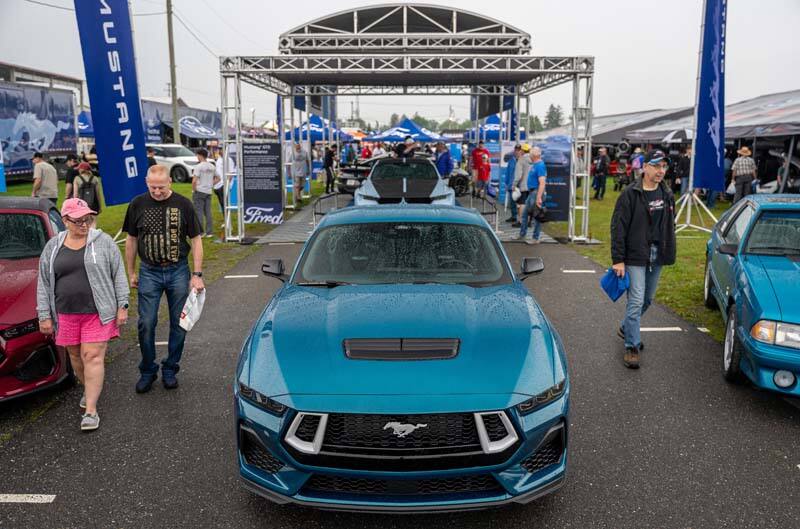
So Here’s What You May Have Missed at the Carlisle Nats
By Joe Deladvitch
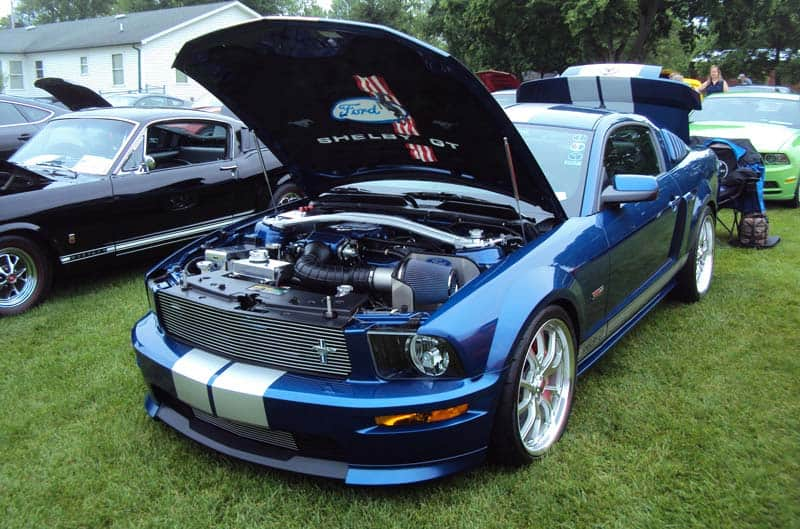
2 Designers Power Club Gathering at Halderman Museum
By John M. Clor
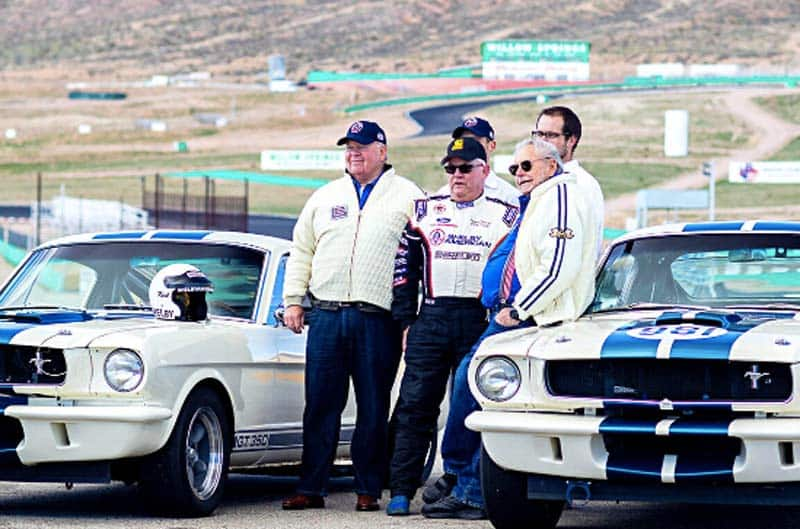
Original Venice Crew Made IRS Fun in Old Shelby Shop
By Duane Carling
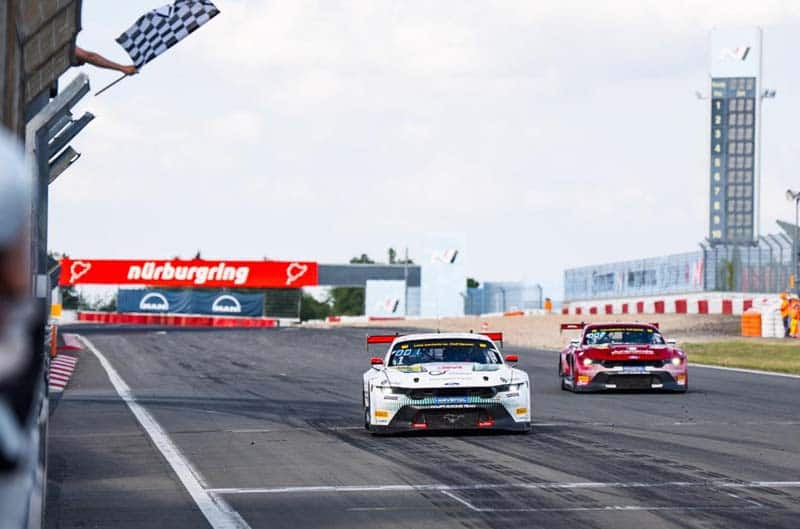
Mustang GT3 Awarded First ADAC GT Masters Victory
By Ford Performance Staff
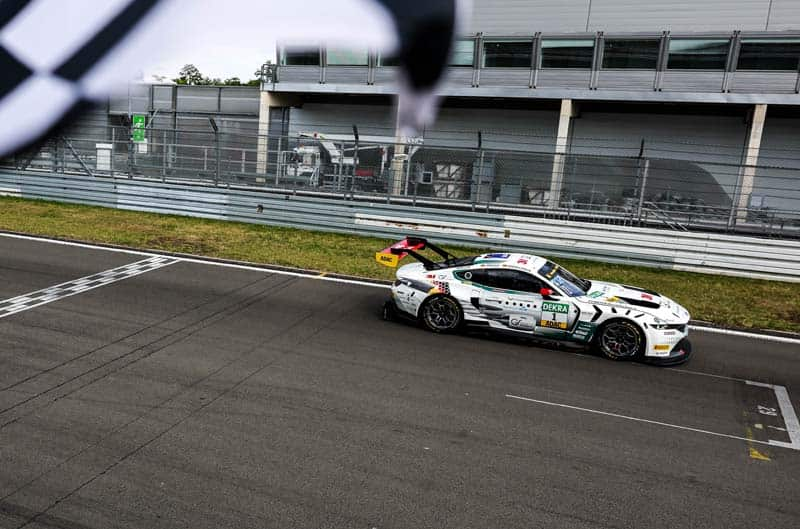
Ford Performance Weekend Highlights | July 13, 2025
By Ford Performance Staff

Ponycar V8 History Powers Mustang II Reunion X for 2025
By Robert M. Kennedy

Fords Score Awards at Rainy Brand-X Club’s Car Show
By Rick Mitchell

Head Northwest for Mustang Roundup & Picnic July 19-20
By John M. Clor
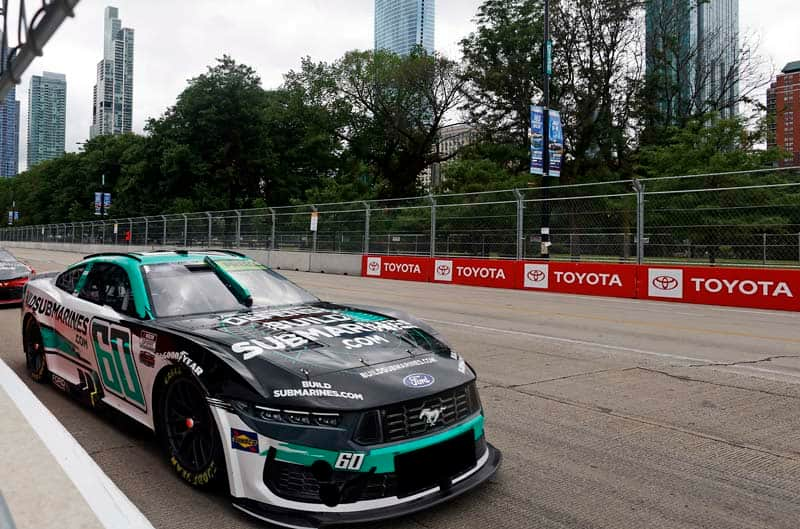
Ford Performance Weekend Highlights | July 6, 2025
By Ford Performance Staff

Podcast Inspires Showgoer to Share His Mustang Story
By Jerry Poston

We Spot a Big Herd of Broncos at the Carlisle Nationals
By Joe Deladvitch
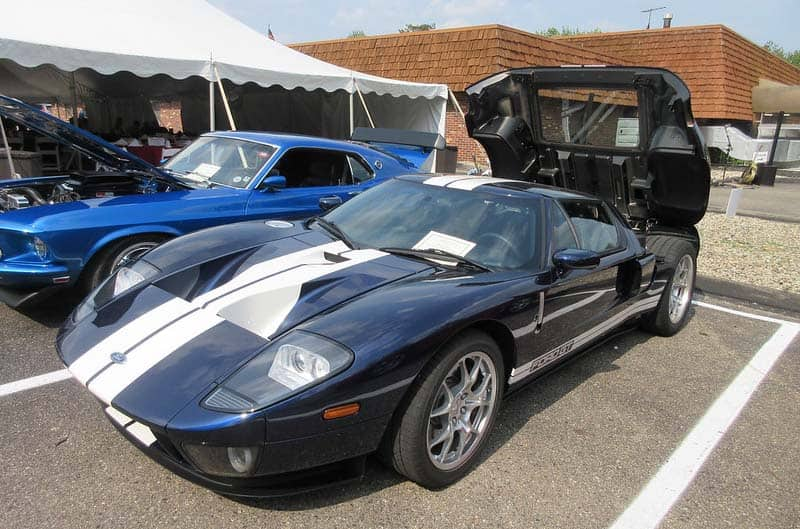
Unique ‘Car Show & Dinner’ Serves Up Some Tasty Fords
By Mark Storm
{{title}}
{{subTitle}}


